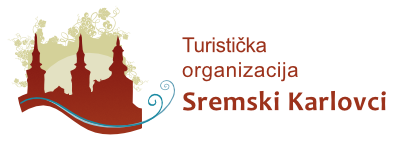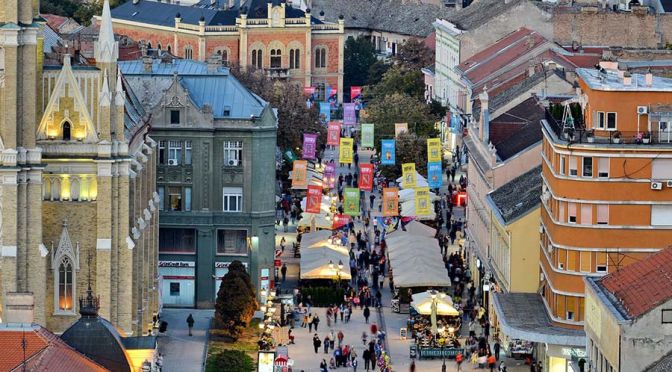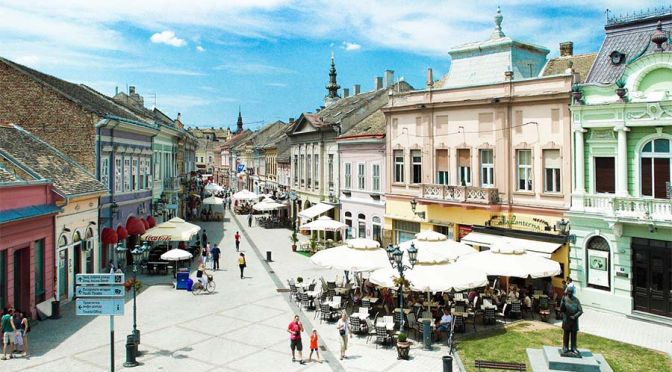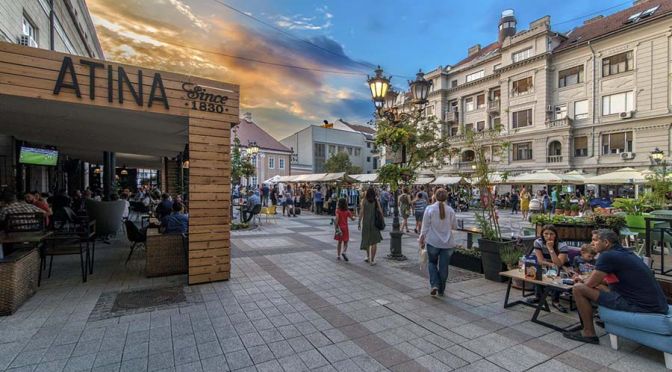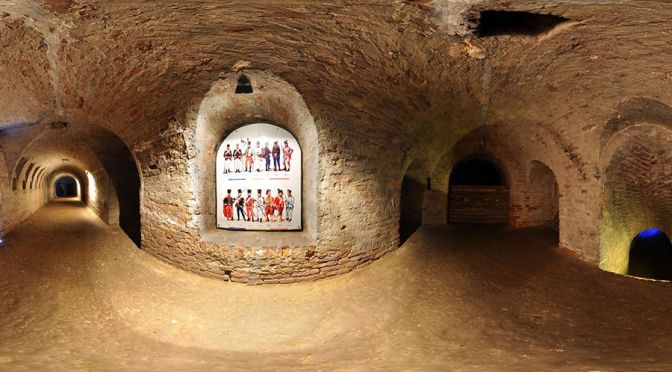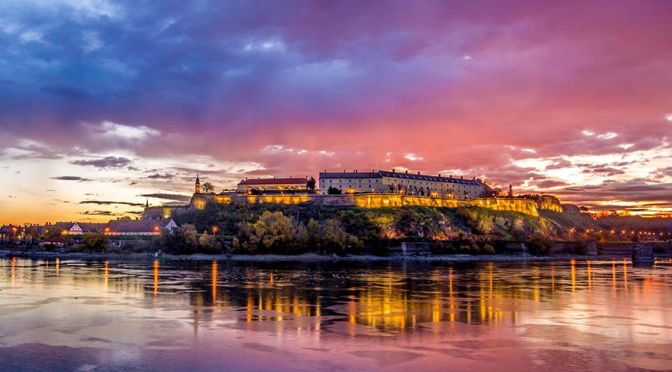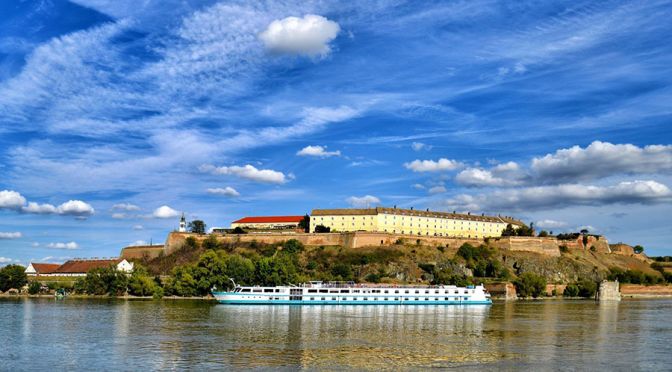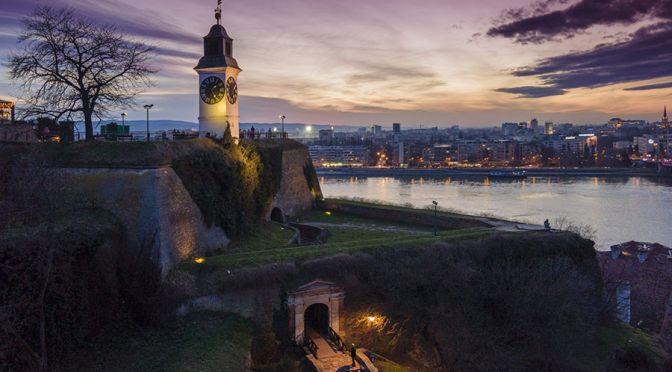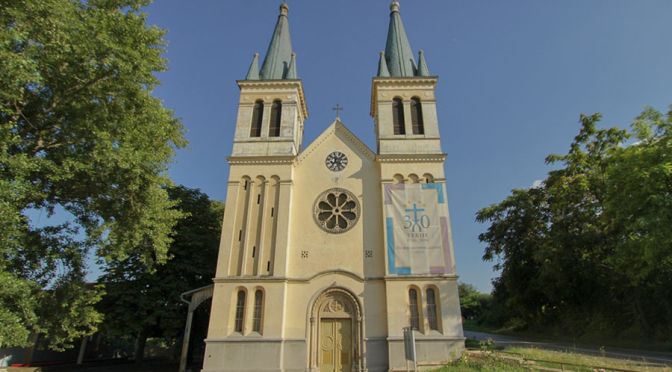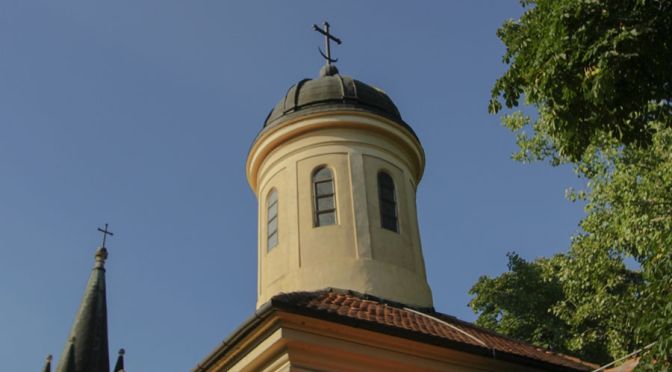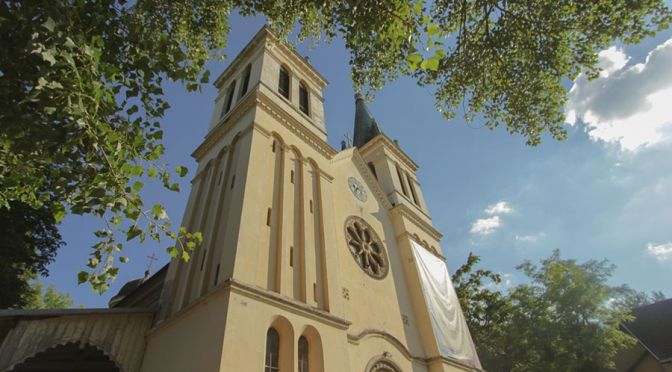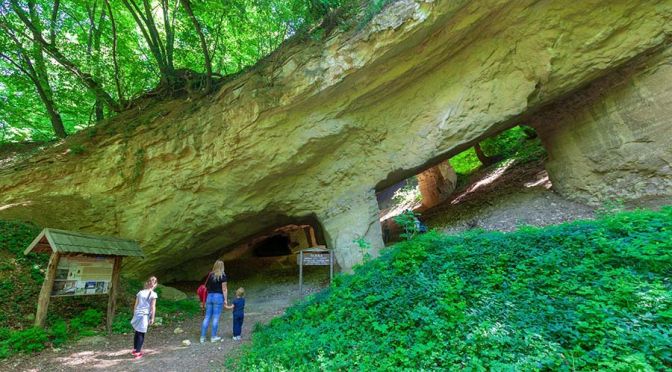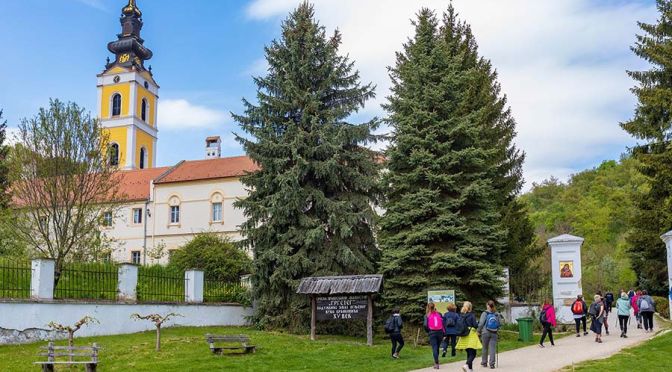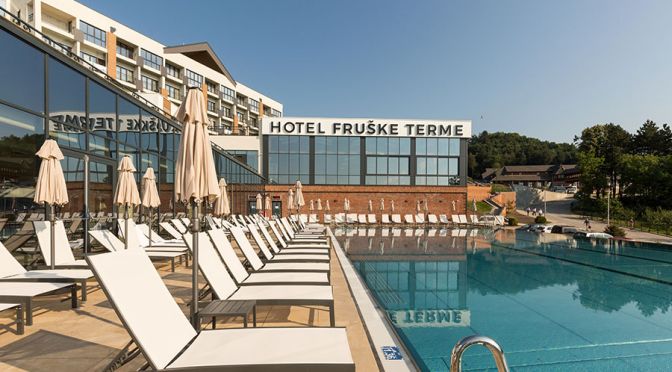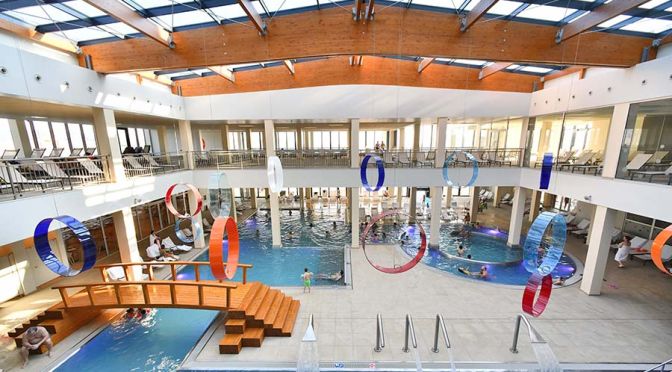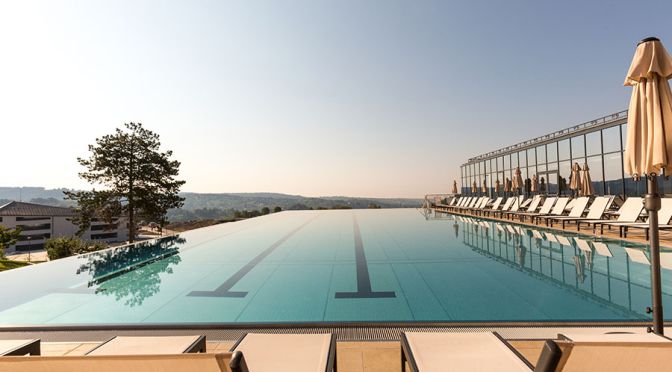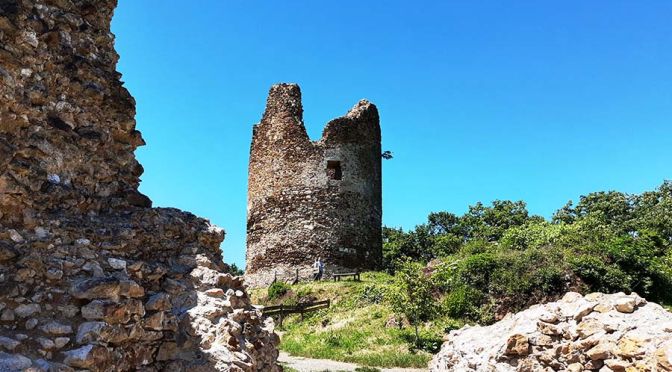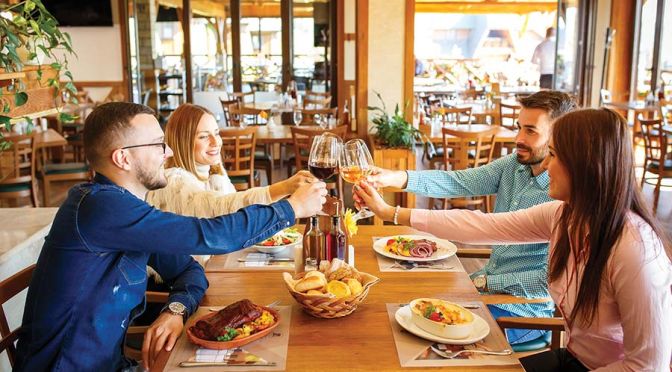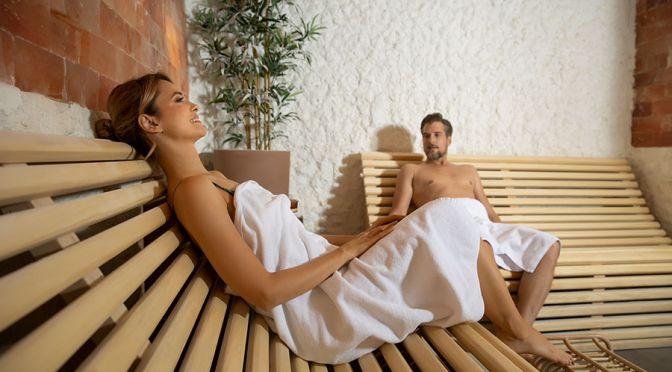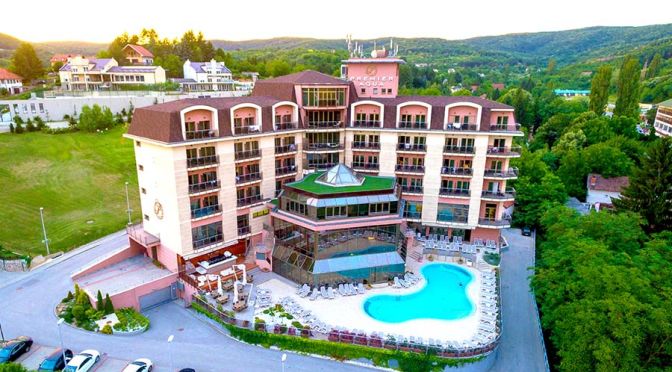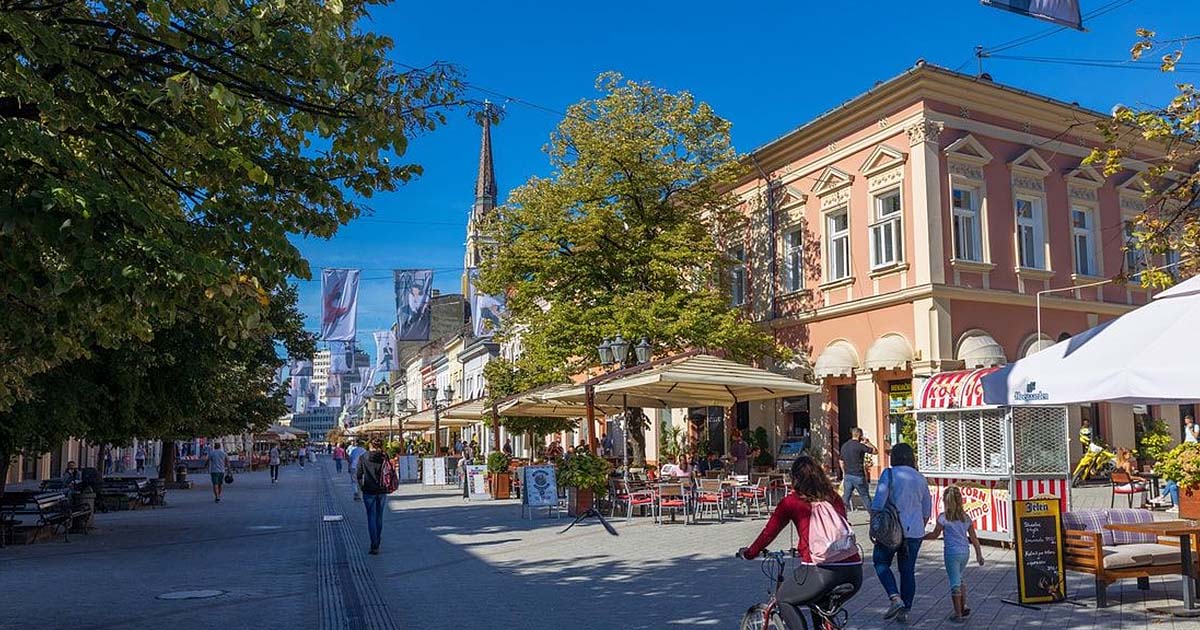
Situated on the river Danube, with about 400,000 inhabitants, Novi Sad is the second largest city in Serbia and the administrative centre of the Autonomous Province of Vojvodina. Novi Sad is a modern city and represents a dynamic business and economic centre abundant with events. Among these, the most important are the International Agricultural Fair, the Festival of Street Musicians, EXIT festival, the ‘Interfest’ International Wine Festival, numerous national and international congresses and so on. It is a university city and a popular meeting place for young people. Novi Sad boasts plenty of cultural and historical monuments of national significance, such as the Petrovaradin Fortress, as well as the seat of the Matica Srpska, the oldest Serbian cultural institution. In 2022, Novi Sad will take the title of the European Capital of Culture.
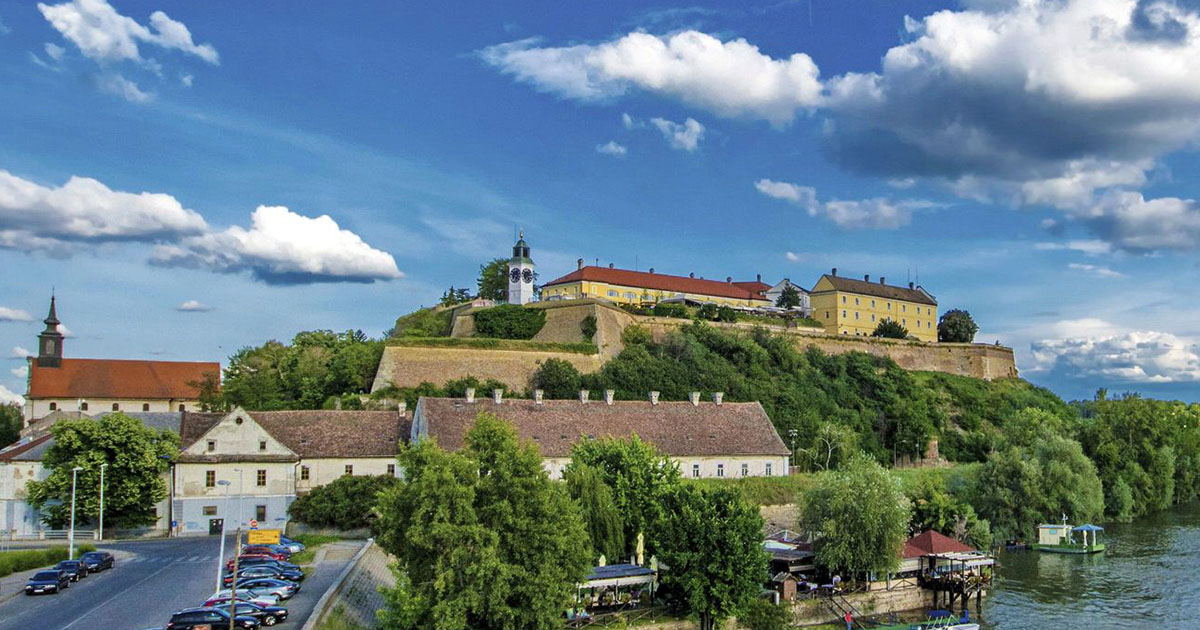
The Fortress is a classic example of 18th- century military architecture and a masterpiece in the fortification system. It covers a vast area of 112 hectares, with a unique network of 16-kilometer- long underground tunnels. It was built in the period between 1692 and 1780, with shorter or longer delays. Today, Petrovaradin Fortress is the most prominent cultural and historical monument and landmark of Novi Sad, listed among the largest and best-preserved fortresses in Europe. It is an outstanding cultural and artistic site as well as a spectacular tourist attraction. Within the premises is the Academy of Arts with many art studios of renowned painters and sculptors from Novi Sad. Two cultural institutions of high importance are also located here, Novi Sad City Museum and the Historical Archives of the City of Novi Sad. In addition, every July since 2001, the highly acclaimed EXIT music festival is held on the grounds of Petrovaradin Fortress.
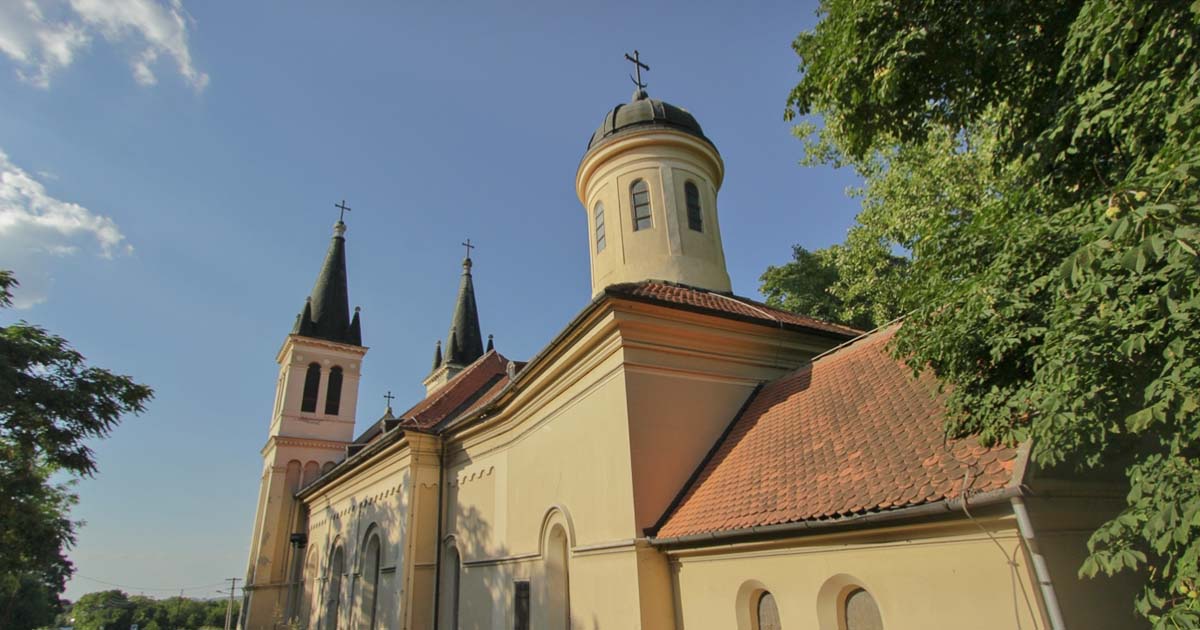
The church of Our Lady of the Snows (St. Mary Major), is situated 5 km away from Sremski Karlovci. It was built during the second half of the 18th century in the memory of the great Christian victory over the Turks that took place on August 5th 1716. On the church dome, one can see the cross and the crescent, the symbols of the Christianity and Islam.
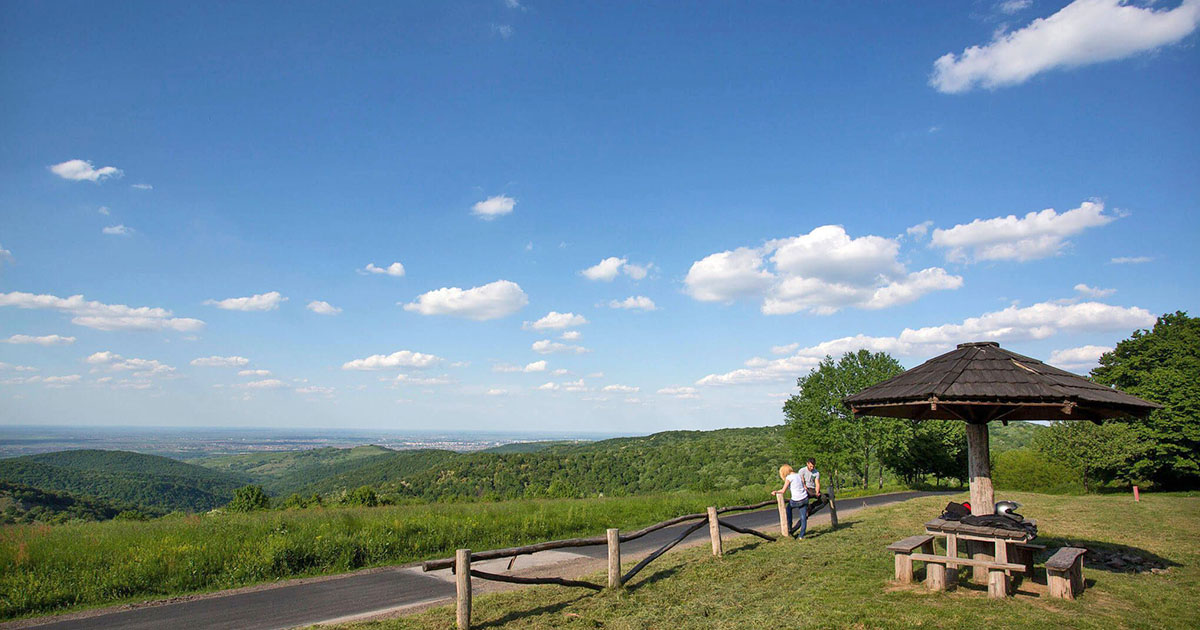
Thanks to its natural beauty and pristine landscape, Fruška gora was declared a national park in 1960 and is a member of the Federation of National Parks of Europe. The area of active protection of the Fruška gora National Park covers 25,525 km².
The tourist values of Fruška gora incorporate landscaped picnic areas, hiking trails, as well as numerous Serbian Orthodox monasteries built in its dense forests. The most famous picnic areas are Stražilovo, Iriški venac, Letenka, Glavica, Popovica, Andrevlje, and Testera. Marked hiking trails in Fruška gora lead through deciduous forests, meadows and pastures, and are of different lengths and ascents. There are also three mountain lodges where mountaineers can rest, find accommodation and delicious food: Stražilovo (in the picnic area of the same name), Zanatlija (near Glavica hilltop), and Železničar (in Popovica). Fruška gora has several restaurants, children’s resorts and recreation centers.
What makes Fruška gora especially attractive are the 17 monasteries built between the 15th and 18th century.
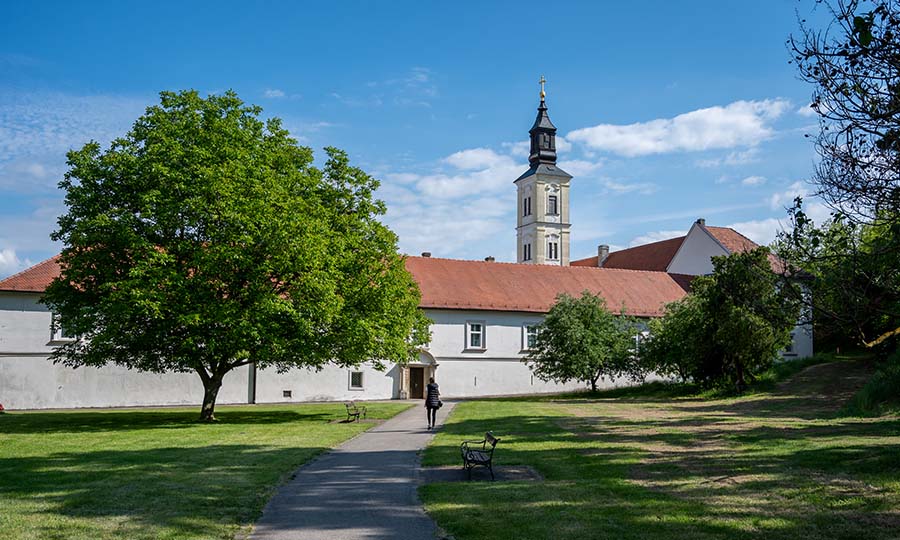
Krušedol Monastery
Krušedol Monastery is only 12 km away from Sremski Karlovci. It was built at the beginning of the 16th century. The monastery was the seat of the diocese for a while. Several very significant figures from the Serbian history were buried in this monastery, such as Patriarch Arsenije III Čarnojević, Patriarch Arsenije IV Jovanović Sakabenta, Princess Ljubica Obrenović, King Milan Obrenović, etc.
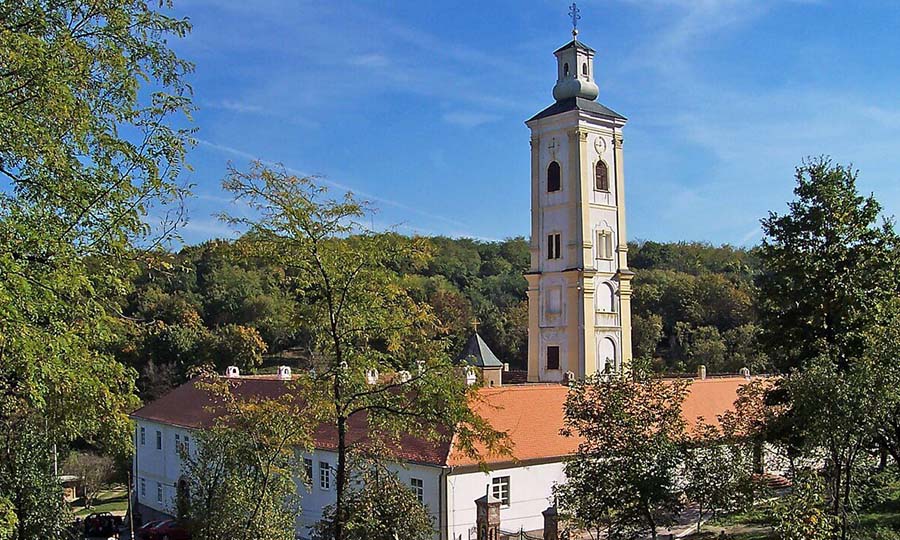
Velika Remeta Monastery
Velika Remeta Monastery is situated 12 km away from Sremski Karlovci. According to a legend, the monastery was founded by a Serbian king Dragutin Nemanjić. One of the most recognizable features of the monastery is its 40-metre-tall bell tower – the tallest bell tower on Fruška Gora.
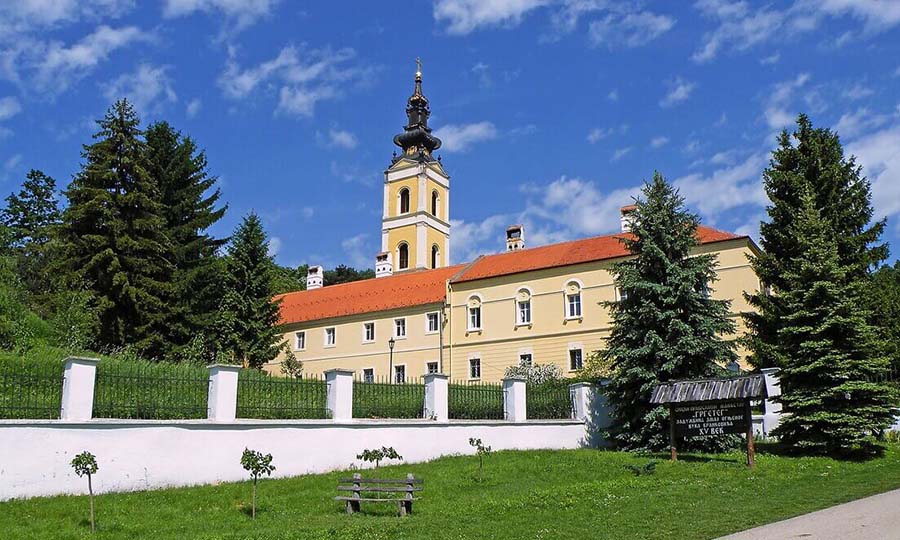
Grgeteg Monastery
Grgeteg Monastery is situated 16 km away from Sremski Karlovci. It is certainly among the most beautiful monasteries on Fruska Gora. Its iconostasis is a work of Uros Predić, one of the most significant Serbian painters. Nowadays, the nearest replica of the icon representing Virgin Mary with three hands is kept in the monastery. The original icon is the most famous and the most respected among the Serbian people.
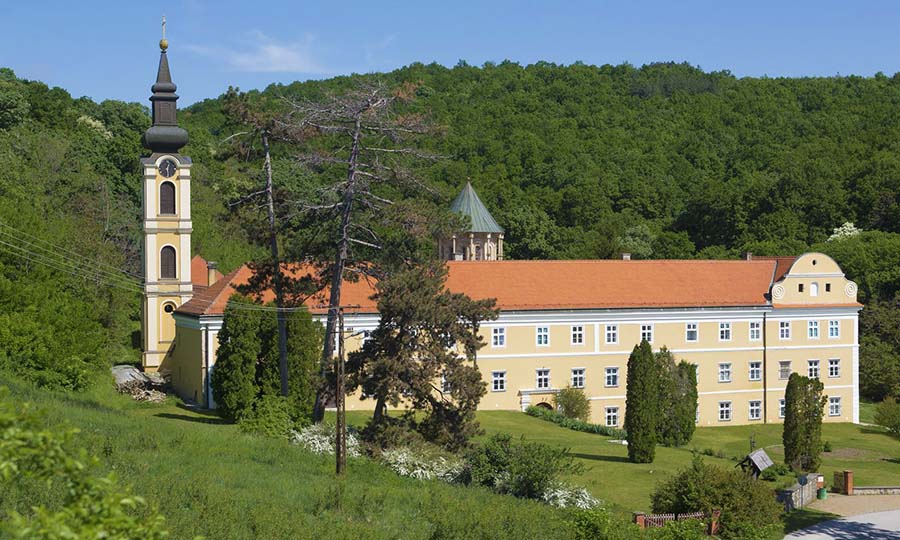
Novo Hopovo Monastery
Novo Hopovo Monastery is situated 30 km away from Sremski Karlovci. It was built on the site of the older church from the 10th century. Dositej Obradović spent three years in this monastery. The holy relics of Teodor Tiron are kept in Novo Hopovo. He was one of the earliest Christian martyrs who died for the faith in the 4th century AD. These are the oldest and also the most complete relics in the possession of the Serbian Orthodox Church.
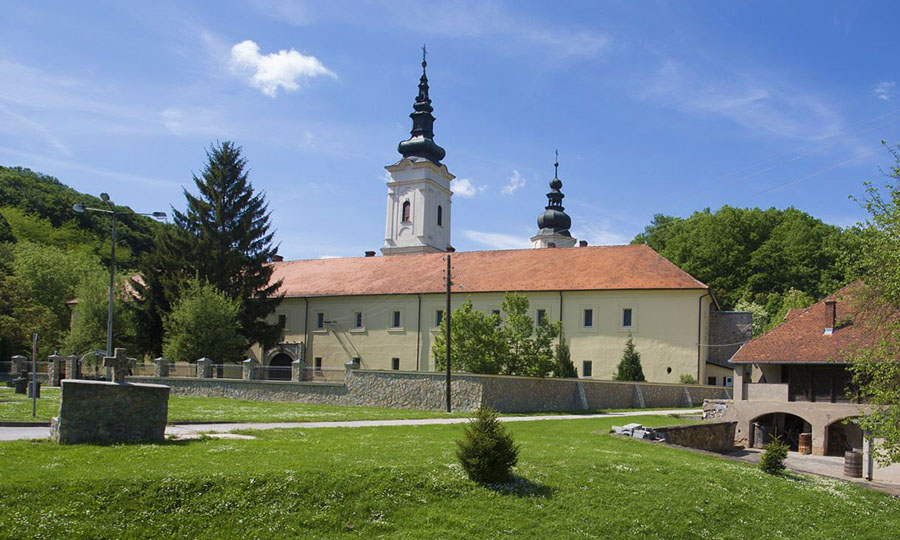
Jazak Monastery
Jazak Monastery is situated near the namesake village, 45 km away from Sremski Karlovci. It is the youngest and, probably, the most beautiful monastery on Fruška Gora that dates back to the 18th century. The relics of the last member of Nemanjić dynasty, holy emperor Uroš, are kept in this monastery. Within the monastery complex, there is a pipe with spring water that is believed to have medicinal effects.
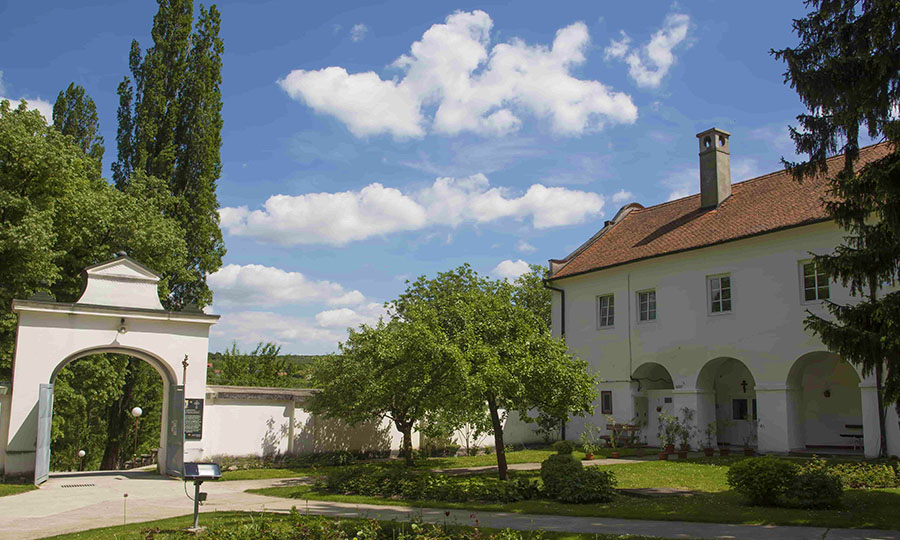
Vrdnik Monastery
Vrdnik Monastery is situated 42 km away from Sremski Karlovci. It was first mentioned in 1566. The settlement Vrdnik, where the monastery is situated, used to be a mining village, while today it is a spa. Since the 17th century until the World War II, the relics of the holy Prince Lazar were kept here. The monastery is located in the vicinity of the spa Vrdnik with thermo-mineral springs and is in the immediate vicinity of the Vrdnik tower, which has wellness and spa facilities.
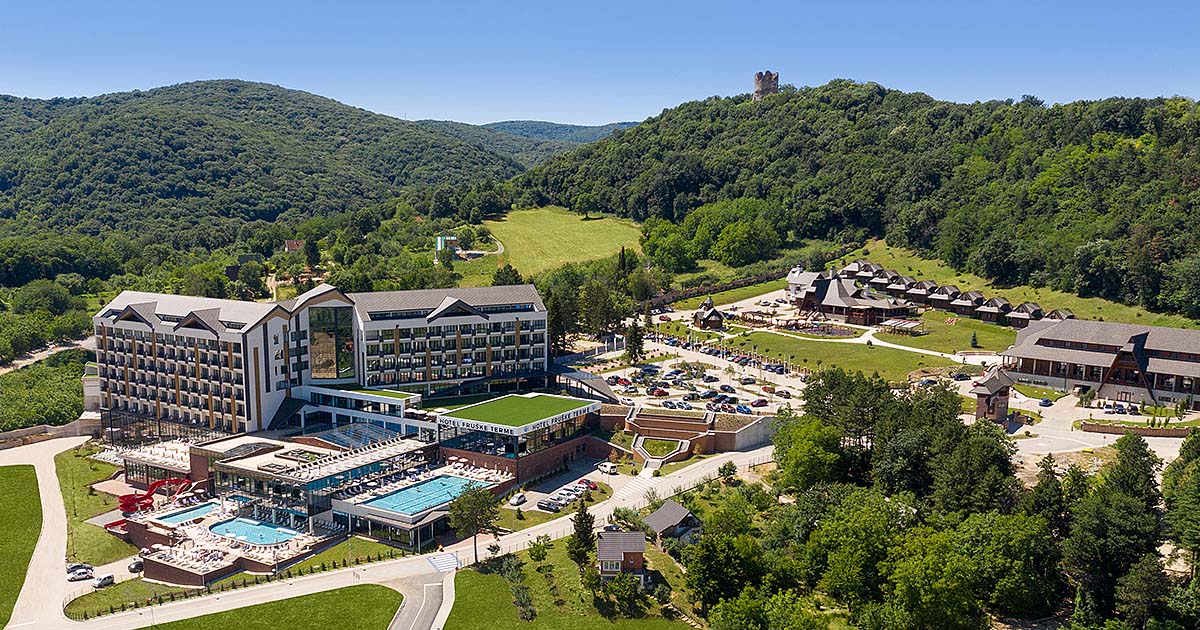
Banja Vrdnik (Vrdnik Spa) is situated in the very heart of Fruška gora, 240 m above sea level. Here, “Termal” Institute for Special Rehabilitation exploits the natural medicinal properties of geothermal water and ecologically clean environment, which make the spa an oasis of health, peace and quiet. The Institute has 254 beds in double and triple rooms and 3 suites, a restaurant, a congress hall with 500 seats, an outdoor Olympic-size pool and an indoor recreational pool with thermal water of constant temperature of 32.5° C, a modern therapy unit for hydrotherapy, electrotherapy, kinesitherapy, a gym, sauna, as well as a room for manual and vibrating massage therapy. The natural properties of medicinal water are most suitable for the treatment of impairments of the locomotor system, sports injuries and neurological states. The unpolluted air saturated with ozone qualifies Vrdnik as an air spa.
The “Premijer Aqua” Hotel (5*), located in the center of Vrdnik, houses a state-of-the-art spa centre, swimming pools with geothermal water, a congress hall and a restaurant. The capacity of the hotel is 150 beds.

